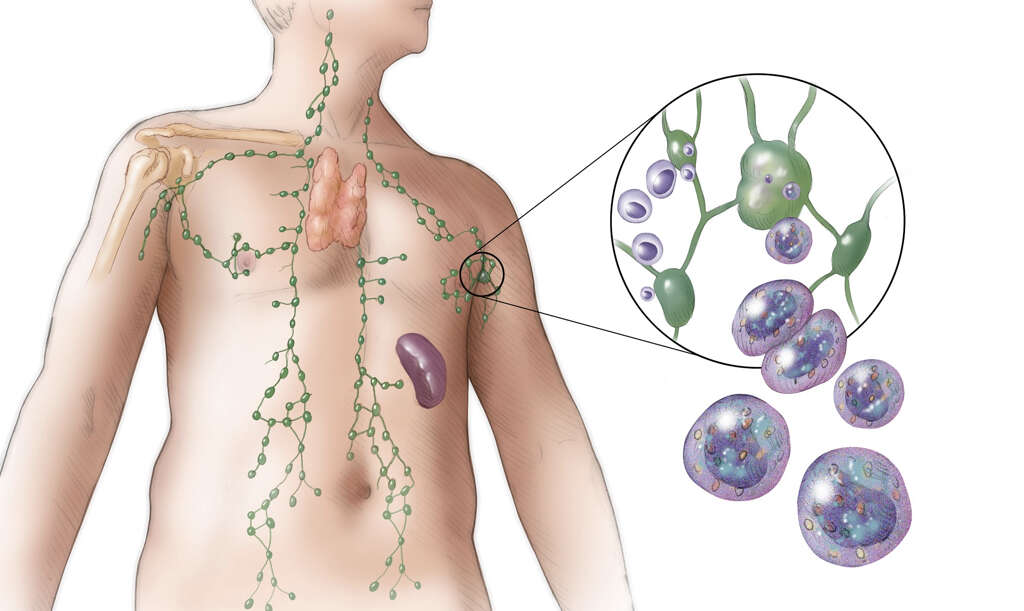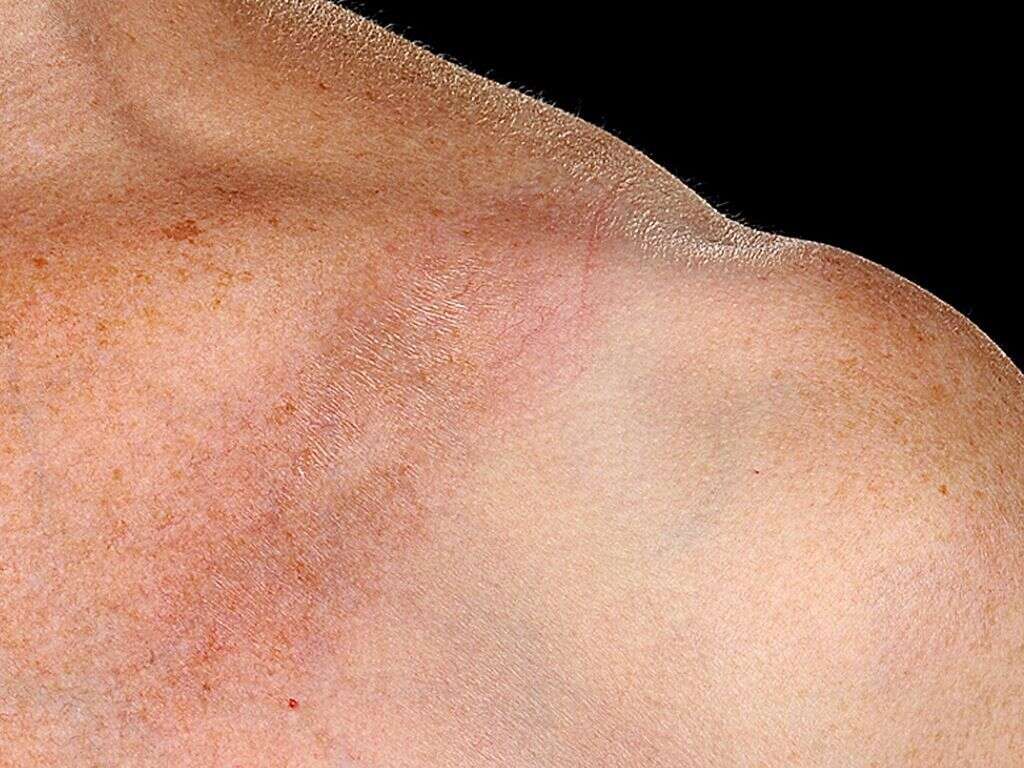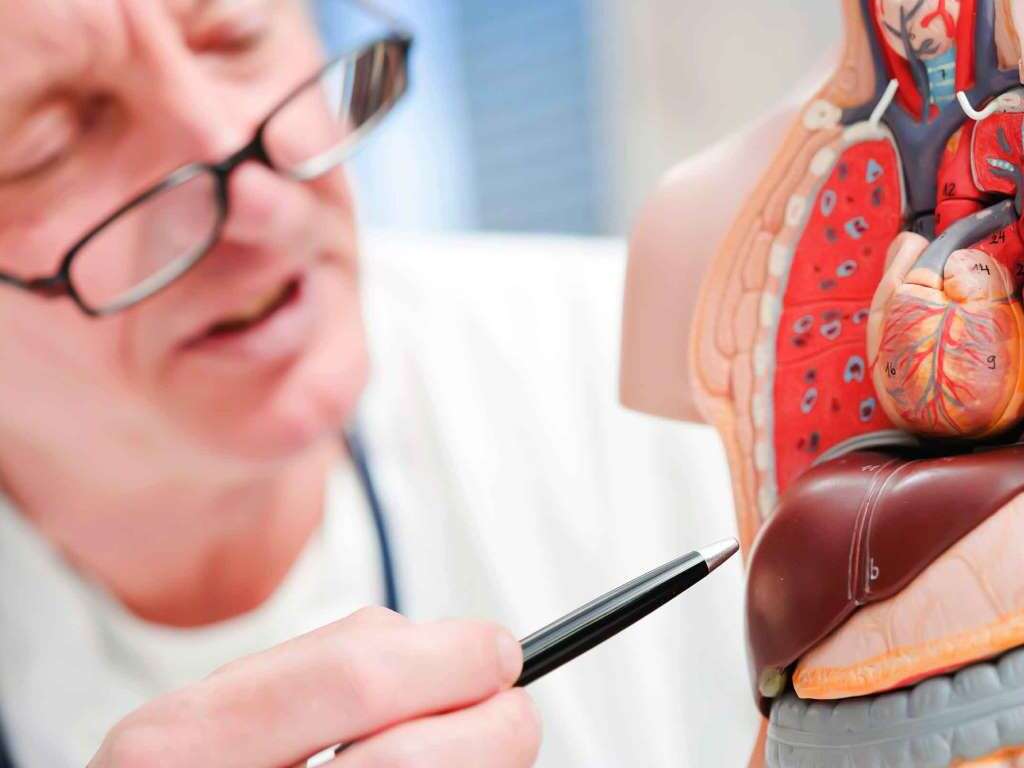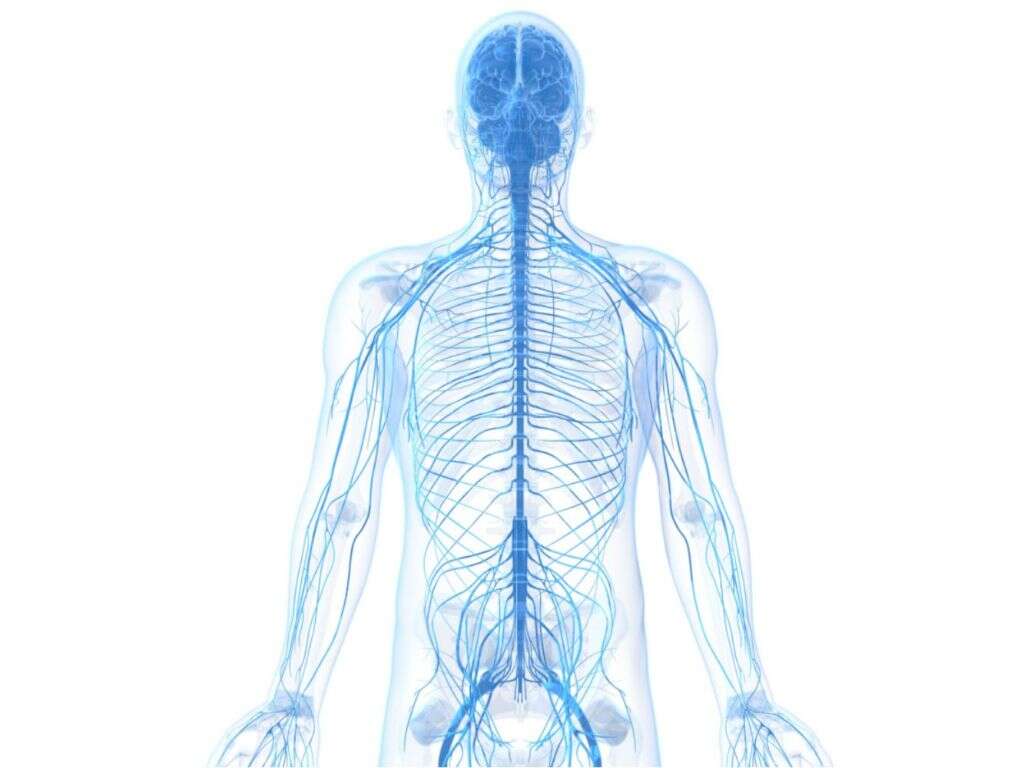What Is Castleman Disease?
It is essential that we keep our immune system in good working order. Without it, we are will be unable to protect ourselves against disease. This means we can fall ill more easily than usual, and any diseases we do get will be far more dangerous for us. Some people will develop problems with their immune systems regardless of how well they take care of them.
While our immune system has evolved to help tackle pathogens, some pathogens pose a threat to our immune systems. One example of this is Castleman’s disease, which is a rare condition that is closely associated with certain viral infections.

1. Castleman Disease
Our lymph nodes are an essential part of our immune system. They have the task of helping to filter pathogens from the blood and they tend to become more active when there is an infection present. Castleman disease is a rare condition where the cells of the lymph nodes become overgrown.
There are two main types of Castleman disease. The most common type is unicentric Castleman disease and this will affect only a single lymph node. This variety usually affects the lymph nodes in the abdomen or in the chest. The other type is multicentric Castleman disease, and this variety will affect multiple lymph nodes at once.

2. Causes
The exact causes behind Castleman disease are not fully known. We do know, however, that certain viruses are a contributing factor in most cases. One of these is the herpes virus type 8 (HHV-8). This virus is also the cause of Kaposi’s sarcoma, which is a variety of cancer that causes masses of tissue to form in the lymph nodes in the skin, and in other organs.
Castleman disease is also associated with the HIV virus. In about half of the cases where the patient is not HIV positive, the patient will also have HHV-8. Most of those that are HIV positive will also have the HHV-8 virus.

3. No Symptoms
In many cases, people that have Castleman disease will show no symptoms and will not even be aware they have the condition at all. It is often only found when the patient is undergoing a check-up, or when a doctor is looking for signs of another medical condition.
When symptoms do show, they are often not serious. The condition does have the potential to go on to be life-threatening, however, so it should be treated as a serious condition as soon as it is diagnosed. The good news is that the condition can often be treated, while unicentric Castleman disease is easier to treat than multicentric Castleman disease.

4. Swollen Lymph Nodes
It is not uncommon for us to have lymph nodes that are swollen. It is a fairly typical symptom of certain infections. It happens because the nodes are hard at work, causing them to swell due to the presence of more than usual white blood cells and pathogens. It is not dangerous in itself, but can be a sign of a potentially serious underlying cause.
There are lymph nodes located in various parts of the body, and any of them can become swollen. Those most closely associated with multicentric Castleman disease are found in the armpits, the groin, the collarbone, and the neck. The liver and/or spleen can also become swollen.

5. Fever
Infections are potentially dangerous for us so, if one is present in the body, our immune system will act to deal with the problem right away. One method is to raise a fever, which causes the body to heat up to levels that are not suitable for the pathogen. This will hopefully slow down the pathogen’s progress, or even kill it outright.
A fever in itself is not usually dangerous, but it should be monitored to be sure the patient is not too hot. In addition to the fever, the patient is also likely to be experiencing night sweats. Many patients with Castleman disease will also experience nausea, and this can lead to vomiting in some cases.

6. Fatigue
We will often feel very tired when we are ill. No matter how much rest we get, or how much food we eat, we still find ourselves without energy. This happens largely because resources are being directed to elsewhere in the body, and this is a season that can be caused by Castleman disease. The symptom itself can be beneficial in a sense because it means the patient is more likely to rest.
Another potential symptom of Castleman disease is weight loss. This might sound like a positive to some people, but losing weight too quickly has the potential to be dangerous. If you are suddenly losing weight and you cannot explain why, then you should arrange to get it checked out.

7. Risk Factors
As mentioned, people that have contacted the HHV-8 virus are at a high risk of developing Castleman disease. People with some other viruses, including HIV, are also at a higher risk. This does not mean people with those viruses will definitely develop Castleman disease. It also does not mean those without such viruses are completely safe.
People of all ages can be affected, but people are the average age at diagnosis of the condition is around 35 years old. People are usually in their 50s or 60 when diagnosed with multicentric Castleman disease. Men are also more likely to develop the condition than women are.

8. Complications
As mentioned, the symptoms of Castleman disease are quite mild, and there may not even be any symptoms at all. The condition may be dangerous in some cases, however, so it should be treated as serious. One of the potential complications associated with Castleman disease is lymphoma, which is a type of cancer that affects certain white blood cells.
Multicentric Castleman disease is more likely to cause serious complications than unicentric Castleman disease is. The most dangerous complications tend to be serious infections, while organ failure will also sometimes take place. People with HIV tend to be hit the hardest by the disease.

9. Diagnosis
As mentioned, Castleman disease is often only discovered by chance. It is often an MRI or CT scan that will reveal the presence of enlarged lymph nodes. Such scans may also reveal a swollen liver and/or spleen. At other times, the scans might have been performed because Castleman disease or similar was suspected in the first place.
Blood and urine tests may also be performed that will help to look for signs of Castleman disease. These tests can also help to rule out the condition being caused by other diseases. A biopsy of the lymphatic tissue will further help to eliminate other possibilities while helping medical professionals to come to an accurate diagnosis.

10. Treatment
How the condition is treated will depend on the variety of Castleman disease in question. In cases of multicentric Castleman disease, treatment will involve managing cell overgrowth with the help of medication. Corticosteroids are often used, as well as chemotherapy and immunotherapy. Antiviral medications may also be prescribed depending on the underlying cause of the condition.
In cases of unicentric Castleman, the affected lymph node may be removed by surgery. This can be a significant ordeal for the patient depending on which node is affected. If surgery is not though to be suitable then radiation therapy may be used instead.












